Hello, this is Mana! Today, I’d like to share the joy of enjoying sake throughout the seasons I’ve learned while studying for the Sake Sommelier exam. There are types of sake that shine in each season, and by choosing the perfect sake for each period, you can enjoy it even more deeply.
First, let me explain about the four main types of sake: ‘Kunshu’, ‘Soushu’, ‘Junshu’, and ‘Jukushu’. Knowing these types will make choosing seasonal sake more enjoyable!
What are the 4 types of Sake?
Sake is broadly classified into four types based on its aroma and taste. Understanding these categories makes it easier to choose a sake that suits your preferences and the occasion.

1. Kunshu (Fragrant Type)
Kunshu is a type of sake characterized by its fruity and floral aroma. Daiginjo and Ginjo sakes fall into this category. Light and easy to drink, it pairs well with appetizers or desserts, making it perfect for the vibrant spring season.
2. Soushu (Refreshing Type)
Soushu is known for its clean, smooth drinking quality, which becomes even more pronounced when chilled. Light, dry ordinary sake and Honjozo sake fit into this category. It’s best enjoyed chilled on a hot summer day.
3. Junshu (Rich Type)
Junshu lets you appreciate the richness and umami of rice. It includes pure rice sake, Kimoto, and Yamahai, known for their rich flavors. It’s recommended with hearty dishes and pairs well with meals in autumn and winter.
4. Jukushu (Aged Type)
Jukushu is sake that has been aged over long periods, featuring complex flavors and a deep richness. It has a sweet richness from its maturation, making it an excellent match for rich foods and desserts, especially during the cold winter months.
1. Sake for Spring
Spring is a season that heralds new beginnings. As the cold of winter eases and cherry blossoms start to bloom, vibrant and fresh sake is perfect.
Recommended Sakes
- New Sake (Shinshu): Freshly made sake from the autumn brewing. It features a fresh, crisp flavor.
- Kunshu: Known for its floral and fruity aroma, perfect for spring cherry blossom viewing and light appetizers.
Pairings
Light spring ingredients like wild vegetables, cherry seabream, and firefly squid complement spring sake. Especially, white fish and boiled rape blossoms enhance the freshness of new sake and Kunshu.
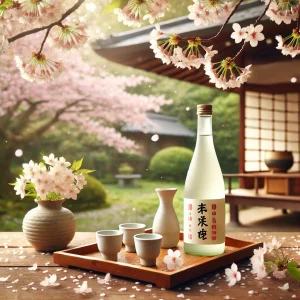
2. Sake for Summer
Summer calls for cool beverages to beat the heat, and sake is no exception. Enjoying it chilled enhances its refreshing quality.
Recommended Sakes
- Soushu (Refreshing Type): Known for its light, smooth taste. Chilling it well is key.
- Sparkling Sake: Carbonated sake is especially perfect for summer. It can be enjoyed like beer.
Pairings
In summer, chilled tomatoes, edamame, and cold pork shabu-shabu make refreshing pairings. Grilled sweetfish with salt also pairs wonderfully with the lightness of Soushu.
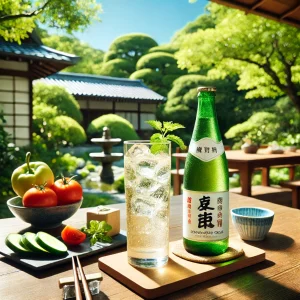
3. Sake for Autumn
Autumn is a season of bounty. It’s an excellent time to enjoy seasonal sakes like ‘Hiyaoroshi’ that can only be tasted in autumn. As the flavors deepen, rich sake becomes more appealing.
Recommended Sakes
- Hiyaoroshi: Sake brewed in spring and shipped in autumn, offering a matured, rich taste. It can be enjoyed chilled or at room temperature.
- Junshu (Rich Type): A mellow, rich sake that pairs excellently with autumn flavors.
Pairings
When thinking of autumn flavors, grilled mackerel, charcoal-grilled mushrooms, and chestnut rice come to mind. These dishes harmonize with the rich taste of Hiyaoroshi and Junshu, enhancing the umami of both the food and the sake.
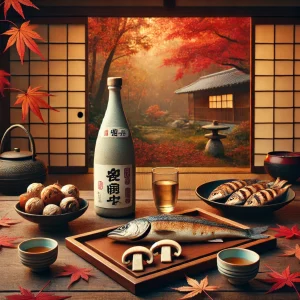
4. Sake for Winter
Winter is a time when warm ‘kanzake’ (heated sake) takes center stage. Rich-flavored sake complements winter dishes like stews and fatty seafood.
Recommended Sakes
- Hot Sake: Sake enjoyed warm. In winter, the sweetness of the rice is enhanced when heated to 40-50°C, making it more fragrant and easier to drink.
- Jukushu (Aged Type): Known for its deep, rich flavor, it pairs well with winter ingredients.
Pairings
Winter sake goes well with fatty daikon with yellowtail, oyster hotpot, and fugu (pufferfish) hotpot. Sake lees soup is also a perfect warming winter dish.
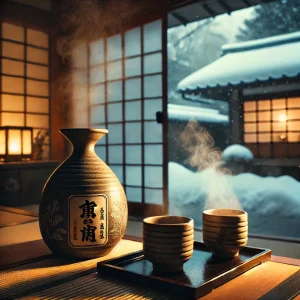
5. The Joy of Seasonal Sake
Sake is more than just a beverage; it’s a way to deeply appreciate Japanese culture through the changing seasons. Enjoying sake that corresponds with the seasons enhances the seasonal experience.
Summary
Spring brings elegance with Kunshu, summer refreshment with Soushu, autumn depth with Hiyaoroshi, and winter warmth with hot sake and Jukushu. Selecting sake suited to each season enhances its charm.
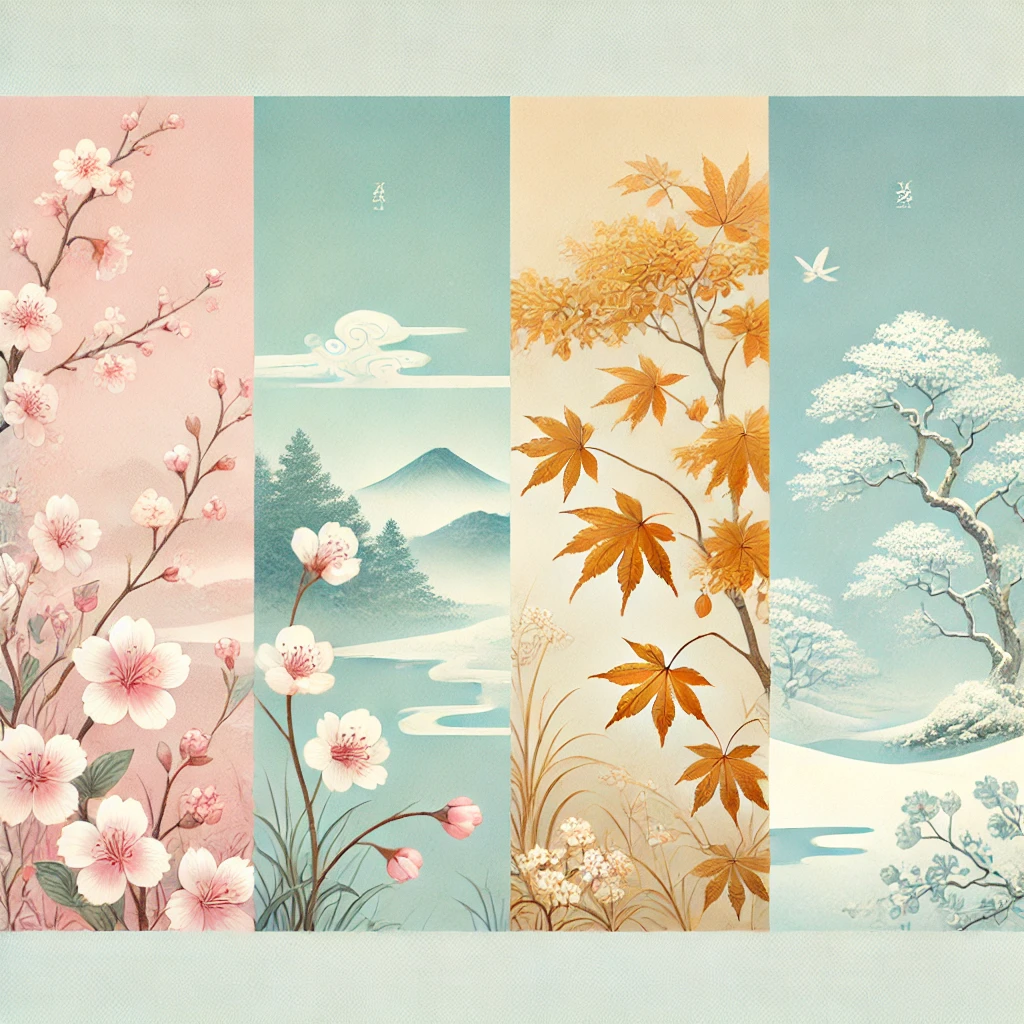


コメント